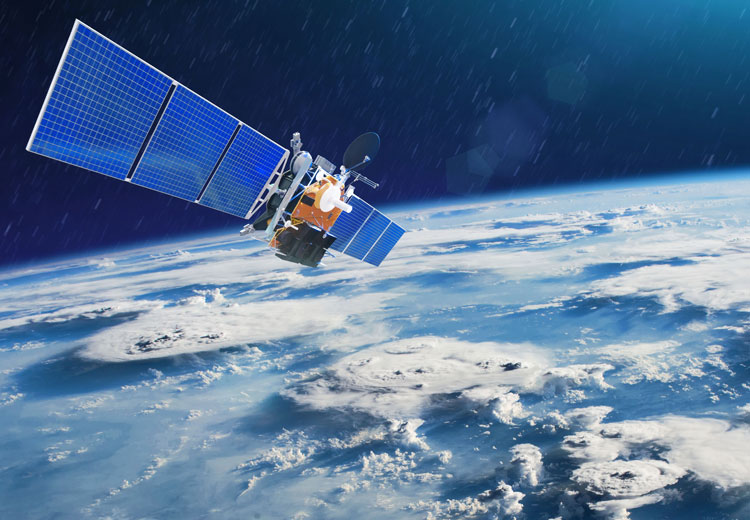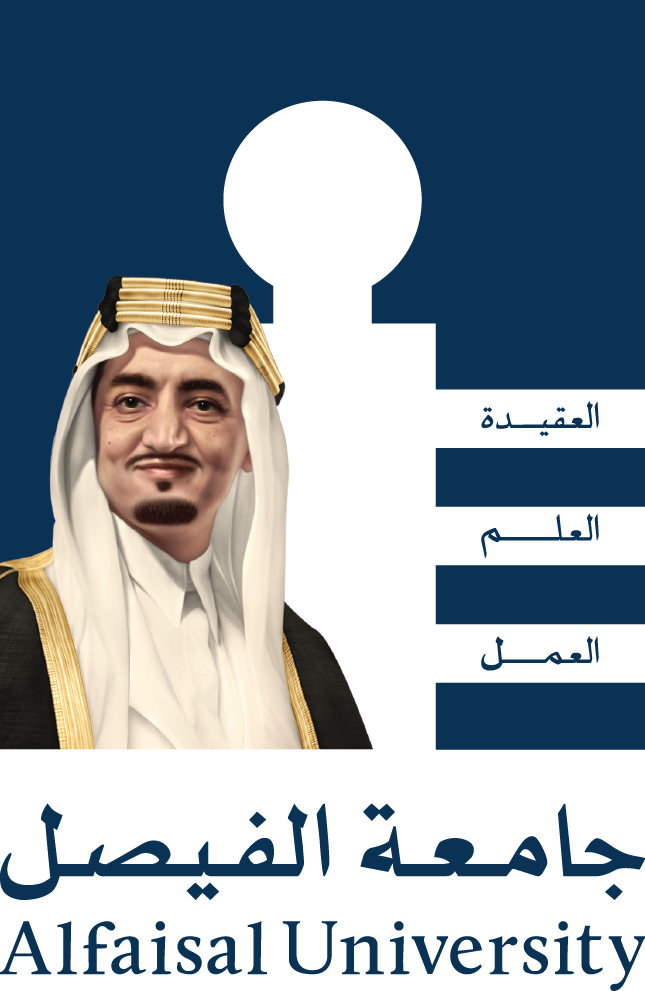Material gains for the space industry

Sponsored by

Sponsored by

The future of satellite design could be revolutionised by a smart coating that is thinner than paint but can regulate the temperature of a device in orbit
Space is an unforgiving environment. Those designing satellites for deployment in Earth’s orbit face a number of challenges. Depending on the satellite’s position relative to Earth and the Sun, the devices will be exposed to wild fluctuations in temperature. Solar winds and particles will bombard a satellite. Furthermore, space is a vacuum, which limits the options when it comes to regulating temperature.
Ali Hendaoui, assistant professor of physics at Alfaisal University in Saudi Arabia, has a solution. It involves treating satellites with a thin coating dosed with vanadium dioxide in nanometric form; this smart coating reacts to the electromagnetic radiation emitted by the Sun and can regulate the satellite’s temperature, ensuring that its payload – the electronics contained within – remains fully operational.
In 2014, the vanadium dioxide coating received patent approval in the US. At that time, Hendaoui was a research associate at the Institut National de la Recherche Scientifique in Canada. In 2021, the invention also gained patent approval in Canada. Hendaoui has provided proof of concept and it is possible that the smart coating is being tested in space right now.
The inspiration for the coating, however, can be found closer to home. “We have precedents in nature where you have cold-blooded animals like reptiles that regulate their temperature based on the changing colour of their skin,” he says. “Whether it is cold or hot, their skin becomes lighter or darker in such a way that they keep the temperature of their body at an optimum range. It is the same thing with sunglasses. Some sunglasses are photochromic, and in the sun they turn darker, but when there is no light they become basically transparent. This vanadium dioxide is a smart material that helped me develop a coating that does the same thing for satellites.”
With proof of concept already established by the time Hendaoui arrived in Saudi Arabia, his work now focuses on refining the design of the vanadium dioxide smart coating and discovering where innovations could make it more efficient. Combatting the temperature fluctuations that occur when the Earth eclipses the Sun is critical. When facing the Sun, the temperature can reach between 150°C and 250°C, falling as low as -150° when in its eclipse. “All this, eventually, can destroy the satellite,” Hendaoui says.
The emissivity of the vanadium dioxide coating, along with its solar absorbance, must be controlled to protect the satellite in orbit. “When I am in the solar eclipse, I need the solar absorbance to increase, and the emissivity to decrease,” Hendaoui says. “The solar absorbance would allow me to take any extra energy from the surroundings and add it to the heat of the satellite, while the emissivity does not allow any of the heat to drain away. Now, when I am faced with the Sun, I need the opposite effect to take place. I need the solar absorbance to decrease and the emissivity to increase, so that I am not absorbing anything from the Sun or from its reflection on Earth and I am rejecting extra heat. This is what I am currently working on at Alfaisal.”
Taking this technology from bench to orbit requires collaboration with a number of colleagues from other disciplines. Hendaoui is presently working with his counterparts in the College of Engineering. The ultimate design of Hendaoui’s next-generation smart coating will require the expertise of electrical engineers to build upon his breakthroughs in material science. Developing this technology presents its own challenges, not least of which includes testing, which requires a special kind of infrastructure. First, the conditions of outer space need to be replicated in a lab. “You establish a 10-6 torr vacuum on Earth – you can do it – and then you put something that heats and cools your device down very quickly,” Hendaoui says. “This is what we call the thermal cycling test: heating, cooling, heating, cooling...This was done partly when I was in Canada.”
Only then can researchers begin to forecast how well the device might function once it is in orbit. These tests can be calibrated to give the device an estimated operational lifespan. “If you are planning on putting the satellite up and using it for two to three years, the test is to go beyond,” Hendaoui says. “You test it for 10 so you are sure your satellite will be working, because going out there and getting the satellite back is not an option.”
More variables can be introduced to test the performance of the satellite and its smart coating. But, inevitably, with any device designed for outer space, only once it is field tested in the Earth’s orbit will scientists learn its true durability. “You do the same for every kind of harsh variable that takes place in space,” Hendaoui says. “But you cannot avoid testing the equipment in orbit – that is the ultimate test. Because you will be getting the whole package and the results sometimes might be dramatically different.”
If successful, Hendaoui’s vanadium dioxide coating could make nanosatellites more efficient and commercially viable. The Earth’s orbit is not only inhospitable, but also crowded, and being able to send smaller units into space will help manage the risk of collision, making them cheaper to insure. “They can do exactly the same job as the bulky satellites, and you end up with less waste,” Hendaoui says. “The challenge here is how to shrink all of the systems so that you are able to fit them into this small space.”
The design of satellites can evolve accordingly, shedding moving parts and the MicroLouvres that extend or contract to capture the sun’s electromagnetic energy. “You can get rid of the batteries, the internal pipes, the mechanical parts,” Hendaoui says. “This kind of coating is like paint, but thinner. It will be adding 10 to 20 grams over every meter squared. It’s nothing.”
Find out more about the Department of Physics at Alfaisal University.